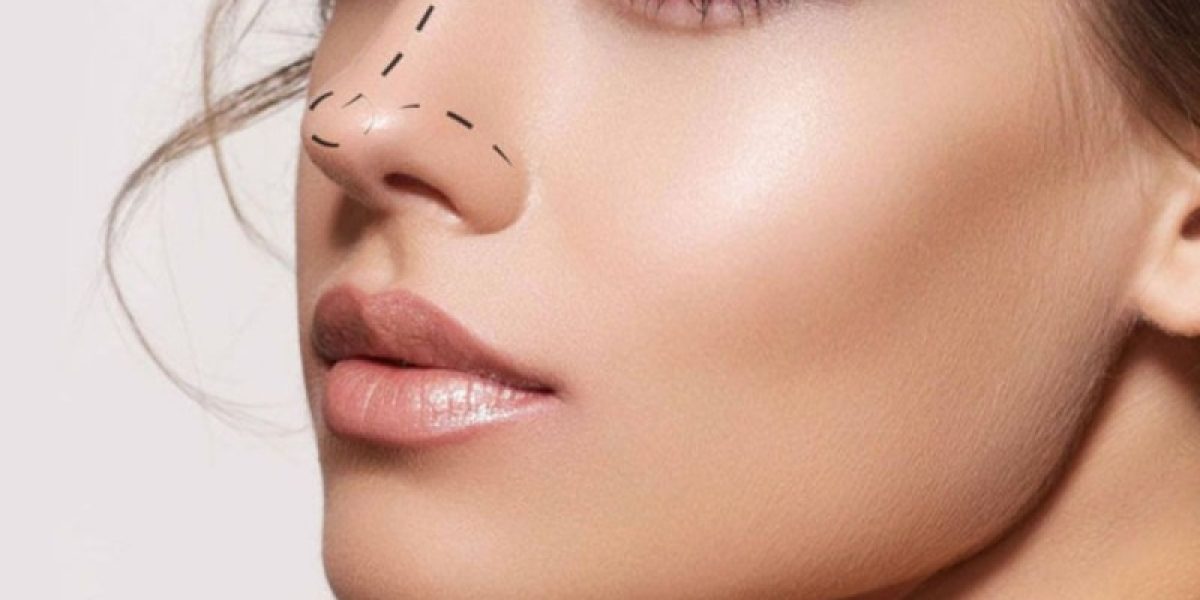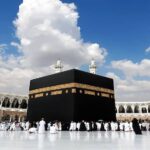Rhinoplasty, commonly known as a nose job, is more than just a cosmetic procedure—it is a delicate art that aims to create harmony between the nose and the rest of the facial features. The nose sits at the center of the face, making it a focal point that greatly influences overall aesthetics. When its size, shape, or structure appears out of balance with the surrounding features such as the eyes, lips, and chin, it can disrupt facial symmetry. The goal of rhinoplasty is to enhance these proportions and help individuals achieve a more balanced and naturally attractive look.
Understanding Facial Proportions:
A balanced face typically follows certain classical ideals of symmetry and proportion, but it also respects the uniqueness of each individual. Rhinoplasty in Dubai (تجميل الأنف في دبي) considers the length, width, and projection of the nose in relation to facial thirds and fifths—a method commonly used by aesthetic professionals. The vertical thirds (from hairline to brow, brow to base of nose, and base of nose to chin) and horizontal fifths (equal vertical segments from ear to ear across the face) help in designing a nose that complements the rest of the features. This strategic planning ensures that any adjustments maintain or enhance the individual’s natural beauty rather than create an artificial look.
Customized Approach for Each Face Shape:
No two faces are alike, and therefore, no two rhinoplasty procedures should be identical. A well-performed rhinoplasty takes into account the specific structure of the face, including the shape of the jawline, prominence of the cheekbones, and the contour of the forehead. For example, someone with a strong chin might benefit from subtle nasal refinement, while someone with delicate features might require a more conservative adjustment. This individualized approach allows for a harmonious result where the nose doesn’t stand out but rather blends seamlessly into the rest of the face.
Rhinoplasty and Ethnic Considerations:
Ethnicity plays an important role in rhinoplasty, particularly when it comes to maintaining cultural identity while achieving aesthetic goals. Different ethnic backgrounds present distinct nasal features such as wider bridges, thicker skin, or flatter nasal profiles. Rather than eliminating these traits, modern rhinoplasty aims to refine the nose in a way that respects and preserves ethnic identity. The outcome is a look that enhances natural beauty without compromising the features that make a person unique.
Balancing the Nose with Other Features:
Often, rhinoplasty is performed in conjunction with other cosmetic enhancements to achieve overall balance. For instance, chin augmentation might be recommended alongside rhinoplasty for individuals with a receding chin, as this combination can dramatically improve the facial profile. Similarly, subtle adjustments to the cheeks or forehead contours can further harmonize the face. When the nose is refined but the rest of the face remains unbalanced, the results may still appear incomplete. Therefore, holistic planning is crucial for achieving the best aesthetic outcome.
The Psychological Impact of Facial Symmetry:
Achieving facial balance through rhinoplasty can have a profound psychological impact. When individuals feel more aligned with how they perceive themselves and how they are seen by others, it often leads to improved self-confidence and satisfaction. While beauty is subjective, studies suggest that symmetry and proportion contribute to how people perceive attractiveness. A nose that fits naturally within the context of one’s face not only improves appearance but can also enhance self-esteem and emotional well-being.
Natural Results and Long-Term Satisfaction:
Today’s rhinoplasty techniques focus on subtlety and natural-looking outcomes. Rather than dramatically reshaping the nose, surgeons often use structural grafting and tissue preservation to ensure long-term stability and aesthetics. A successful rhinoplasty should not make the nose the center of attention—instead, it should allow other features like the eyes or lips to shine. Long-term satisfaction is most often achieved when patients look in the mirror and see a version of themselves that feels authentic, balanced, and enhanced—not altered beyond recognition.
Conclusion:
Rhinoplasty is a powerful tool in the pursuit of facial harmony, offering individuals the opportunity to enhance their natural features through thoughtful and personalized adjustments. By focusing on balance rather than perfection, the procedure supports a more cohesive and attractive overall appearance. Whether it’s refining the nasal bridge, adjusting projection, or complementing other facial features, the goal is always to maintain the essence of one’s identity while subtly enhancing their beauty. With a well-planned approach that respects facial proportions, ethnicity, and individuality, rhinoplasty can deliver not only aesthetic improvement but also a renewed sense of confidence and self-assurance.












